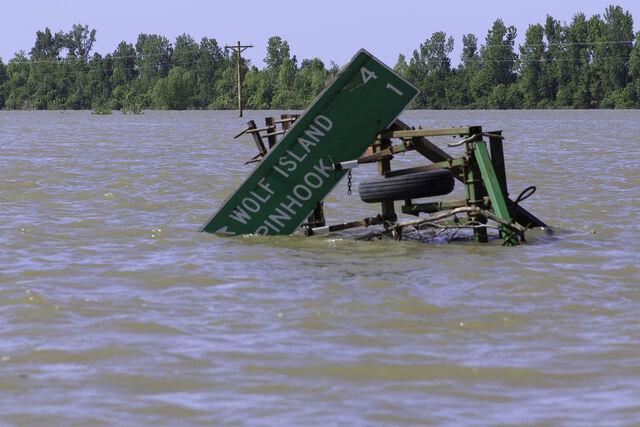The Colorado Midland Railway

The Colorado Midland Railway ran from Colorado Springs to Grand Junction, CO via the Rocky Mountains. ( Right of way ). Between Grand Junction and Glenwood Springs, the road used tracks that were jointly operated by the Denver & Rio Grande Railroad. With its picturesque route through the challenging terrain of the Rocky Mountains, the Midland played a significant role in the transportation history of Colorado. Proposed in 1883, the railway became operational in 1887, connecting Colorado Springs to Grand Junction via the Rocky Mountains. The construction and operation of the Colorado Midland Railway were formidable tasks due to the difficult trajectory through the mountains. The route, while scenic, presented challenges, especially in the winter when snow persisted until June, rendering operations nearly impossible. Nevertheless, the railway achieved the milestone of becoming the first standard-gauge line in the state to cross the Continental Divide . Colorado Midland Ra...



